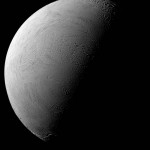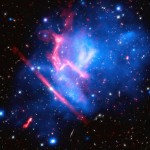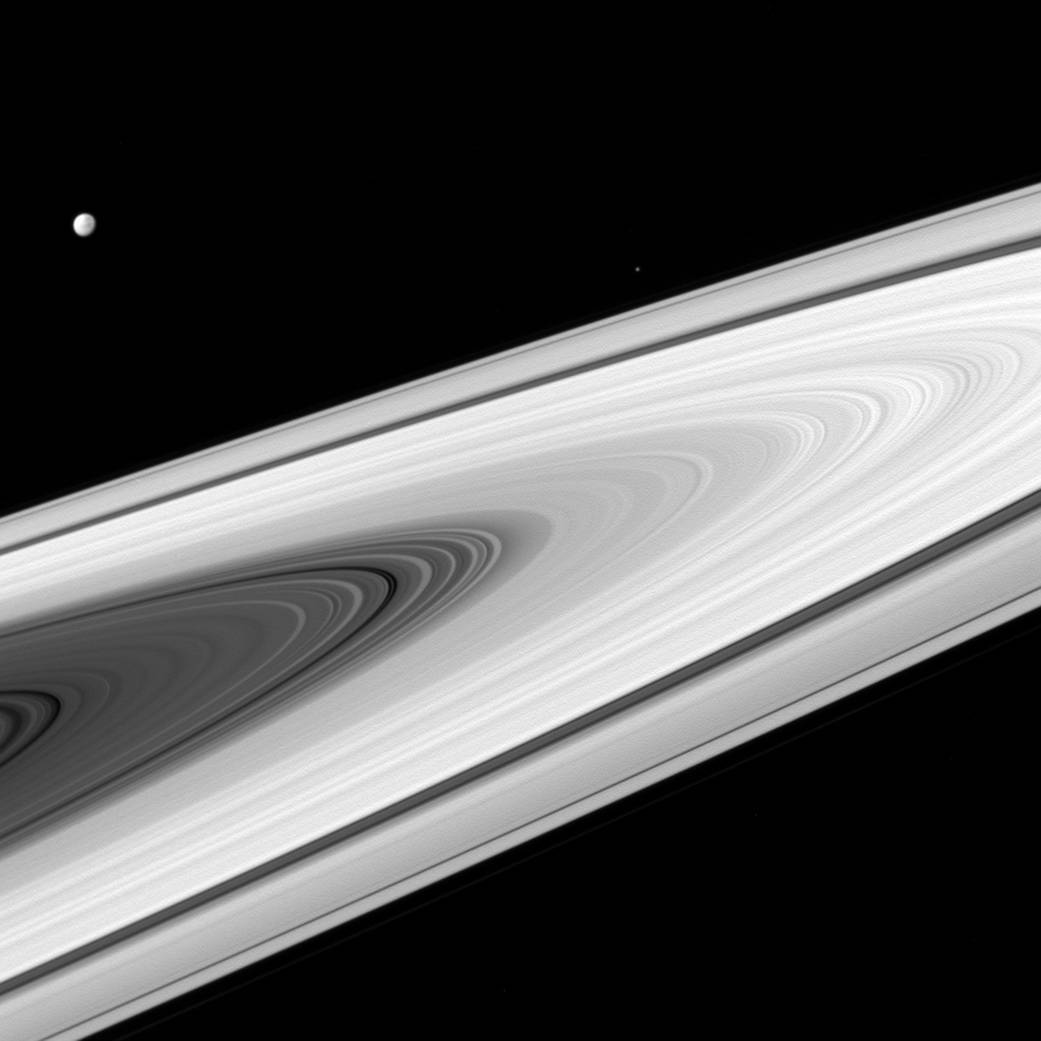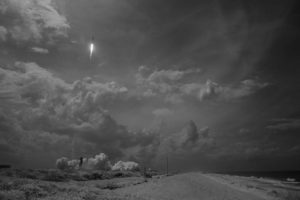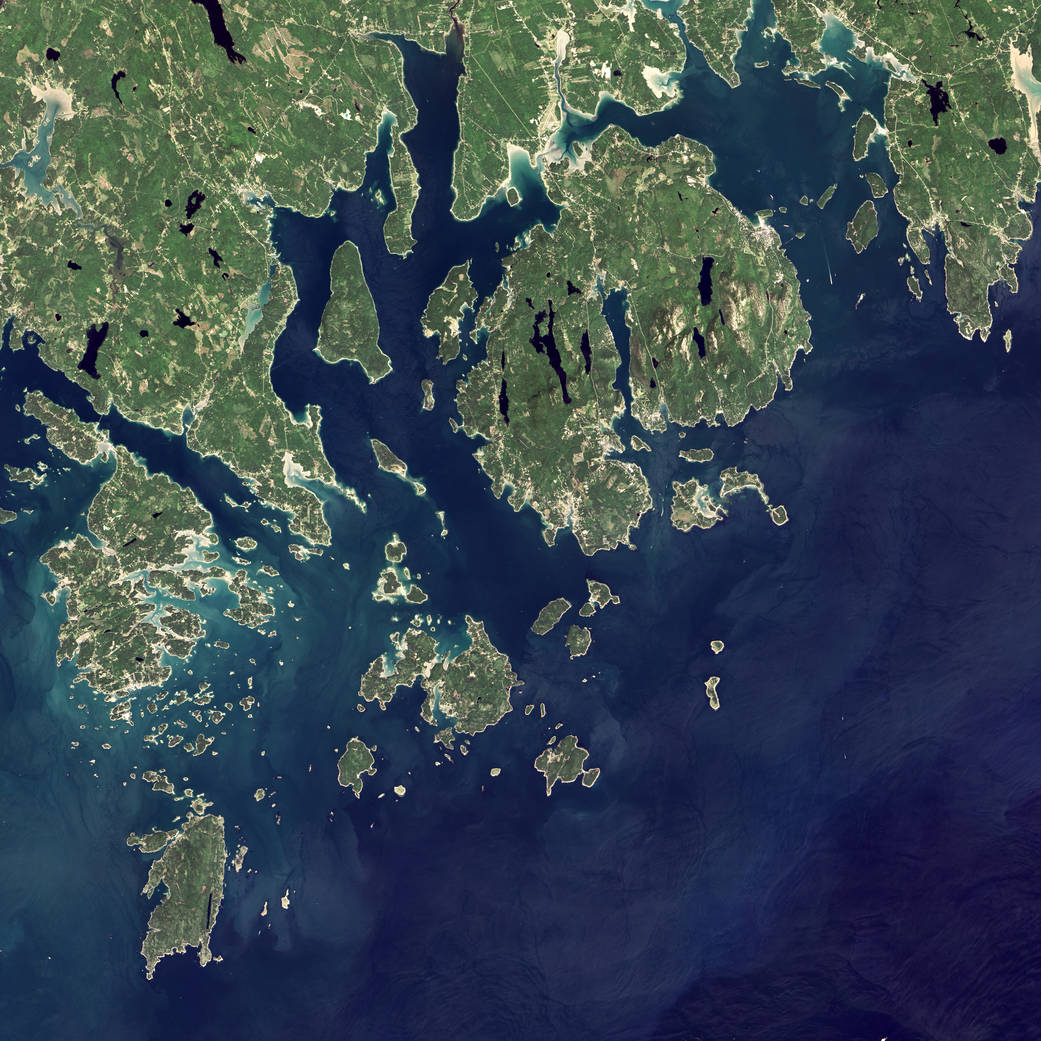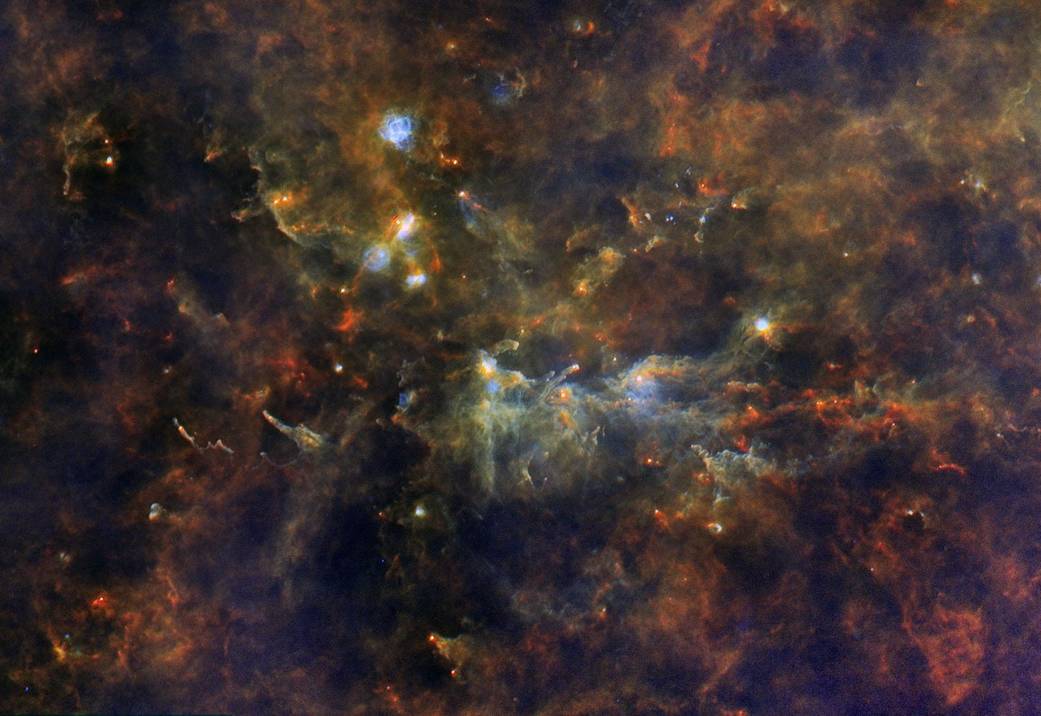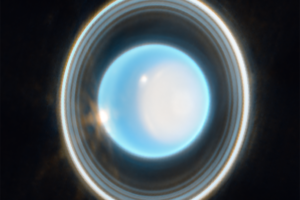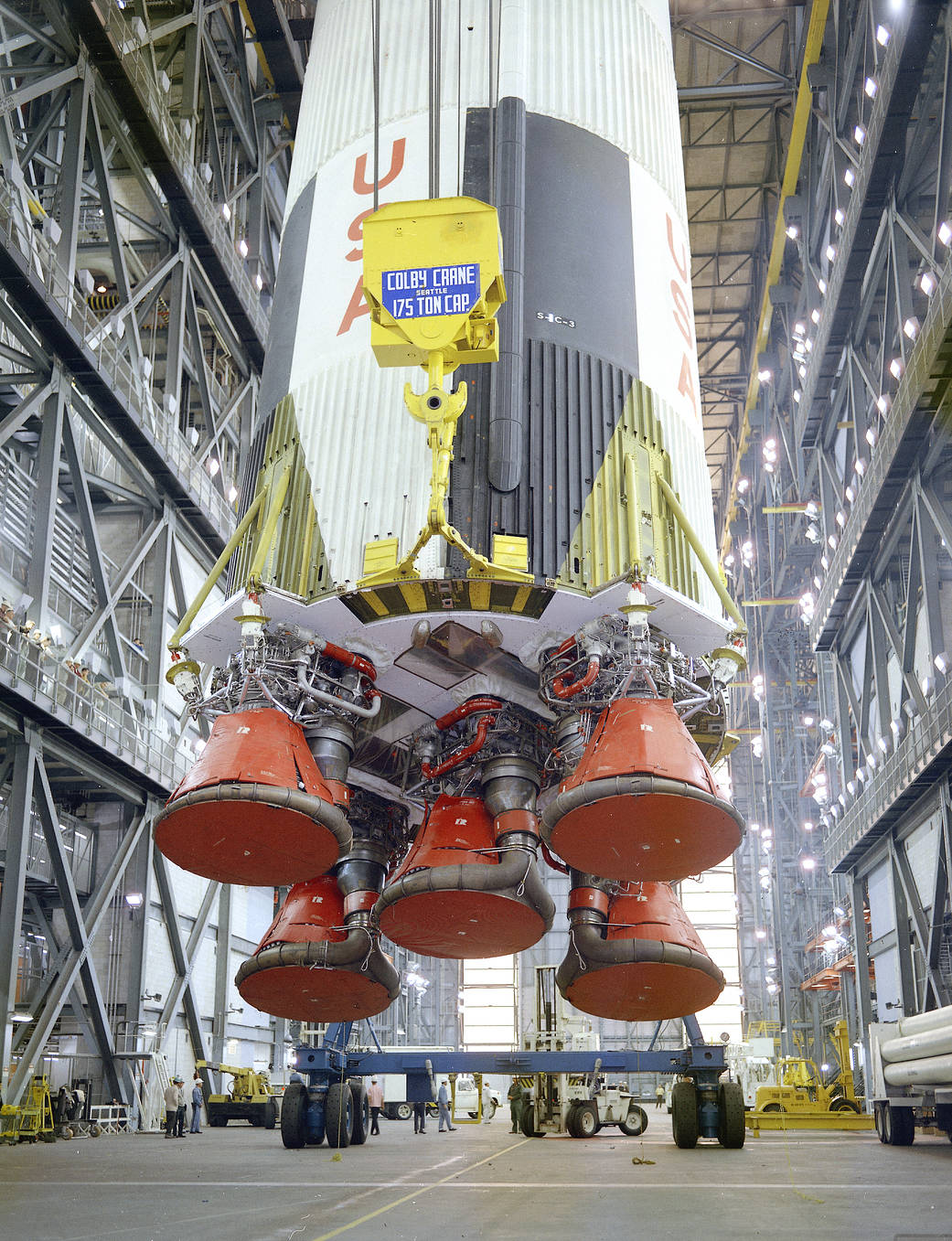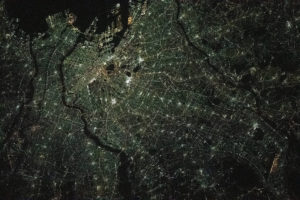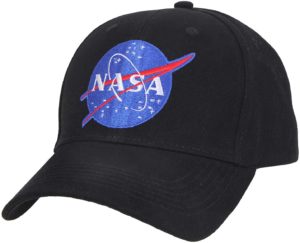オリジナル英文URL:Hubble Sees a Legion of Galaxies
Containing countless galaxies, this parallel field observation is nearly as deep as the Hubble Ultra-Deep Field. When compared to other deep fields, it will help astronomers understand how similar the universe looks in different directions.
Image credit: NASA, ESA and the HST Frontier Fields team (STScI), Acknowledgement: Judy Schmidt
Text credit: European Space Agency
Last Updated: March 11, 2016
Editor: Ashley Morrow
ハッブル宇宙望遠鏡でみた銀河の大集団
無数の銀河を含む、このパラレルフィールドの観測はハッブル-ウルトラ-ディープ-フィールドと同じくらいの深宇宙を捉えています。他の深宇宙の観測結果と比較することで、宇宙はどの方向でも同じように見えるということがわかります。
(訳者注)
この記事だけでは、なかなか分かり難いですね。
パラレルフィールド...?
ハッブル-ウルトラ-ディープ-フィールド...?
この記事の参照先ではもう少し詳細に記載されています。
In October 2013 Hubble’s Wide Field Camera 3 (WFC3) and Advanced Camera for Surveys (ACS) began observing this portion of sky as part of the Frontier Fields program. This spectacular skyscape was captured during the study of the giant galaxy cluster Abell 2744, otherwise known as Pandora’s Box. While one of Hubble’s cameras concentrated on Abell 2744, the other camera viewed this adjacent patch of sky near to the cluster.
概要:2013年からハッブルのWFC3とACSを使ってフロンティアフィールズという観測を始めており、この画像は「パンドラの箱」銀河として知られるAbell 2744を観測している際に撮影したものです。片方のカメラでAbell 2744に焦点を当て、残りを近くの銀河を撮影しています。
以上から、この記事の主旨は以下になります。(訳者の推定です)
深宇宙の観測については、過去(1995年)に観測されたハッブル・ディープ・フィールド(Hubble Deep Field、HDF)や、その後(2003年-2004年)のハッブル・ウルトラ・ディープフィールド(Hubble Ultra Deep Field、HUDF、ハッブル超深宇宙探査)がありました。
現在では、ハッブル宇宙望遠鏡に装着した最新型のカメラでHUDFと同じくらい深宇宙の観測をより簡単にできるようになりました。
その結果、様々な方向の深宇宙でも、同じような銀河集団の分布であることが確認できて、宇宙は大きな視点から俯瞰すると均一であるという宇宙原理の確認が取れました。
更に意訳(蛇足):
このようにハッブル宇宙望遠鏡への投資は、金額以上に効果をあげられるので、来年度のハッブルへの予算も宜しくお願いネ。
参考:パラレルフィールドについて
一部ネットの記事でパラレルフィールドを、物理学/量子力学のパラレルフィールド(日本ではパラレルワールドと言われる方が多い)に誤解された記載が見受けられます。
NASAや他の宇宙観測機関がパラレルフィールドという単語を使うのは、そんなに難しいことでは無く、以下のような観測のことを言っています。
以下の例では、WFC3で目的の銀河を観測し、ACSでは近くの銀河(これがパラレルフィールド)を観測します。一定期間後(以下の例では6か月)WFC3とACSのカメラの観測先を交換して観測を続けます。
Hubble is doing double-duty as it peers into the distant universe to observe the Frontier Fields. While one of the telescope’s cameras looks at a massive cluster of galaxies, another camera will simultaneously view an adjacent patch of sky. This second region is called a “parallel field”—a seemingly sparse portion of sky that will provide a deep look into the early universe.
This image illustrates the “footprints” of the Wide Field Camera 3 (WFC3) infrared detector, in red, and the visible-light Advanced Camera for Surveys (ACS), in blue. An instrument’s footprint is the area on the sky it can observe in one pointing. These adjacent observations are taken in tandem. In six months, the cameras will swap places, with each observing the other’s previous location.


